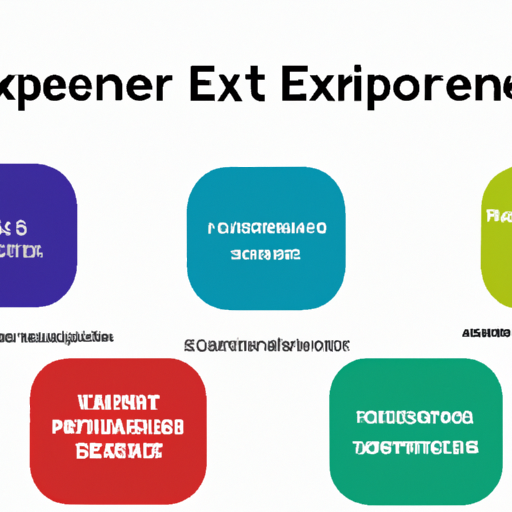Augmented Reality (AR) is revolutionizing the way we interact with the digital world. As industries continue to embrace AR technology, its potential to transform user experiences is becoming increasingly apparent. In this article, we explore the future of AR and its impact on various sectors.
What is Augmented Reality?
Augmented Reality is a technology that overlays digital information, such as images, sounds, and other sensory enhancements, onto the real world. Unlike Virtual Reality (VR), which immerses users in a completely virtual environment, AR enhances the real-world experience by adding interactive elements.
AR in Gaming: A New Era of Immersion
The gaming industry has been one of the first adopters of AR, with popular applications like Pokémon GO bridging the gap between the virtual and physical worlds. The ability to interact with real-world environments while playing games adds a layer of depth and engagement, attracting millions of users globally.
Healthcare Revolutionized by AR
In healthcare, AR is making significant strides. Surgeons can use AR overlays to visualize patient anatomy and improve surgical precision. Training medical students with AR simulations enhances their learning experience, providing a safe environment to practice complex procedures before actual patient interactions.
Education Enhanced through Augmented Reality
Education is also experiencing a transformation due to AR technology. Interactive learning experiences, such as virtual field trips and interactive science experiments, make learning more engaging and effective. Students can visualize complex concepts, leading to improved understanding and retention.
The Future of AR Technology
As AR technology evolves, its applications will expand to various other fields, including real estate, retail, and tourism. Imagine walking through a property and visualizing potential changes through AR or using AR apps while shopping to visualize how products fit into your life.
Conclusion
The future of Augmented Reality is promising, with endless possibilities for enhancing user experiences across multiple industries. As technology continues to advance, we can expect AR to become an integral part of our daily lives, reshaping the way we interact with the world. Companies investing in AR technology will likely lead their respective fields into the future, creating immersive experiences that are both entertaining and educational.
Stay Updated with AR Trends!
For more news and insights on Augmented Reality, subscribe to our blog or follow us on our social media channels!













